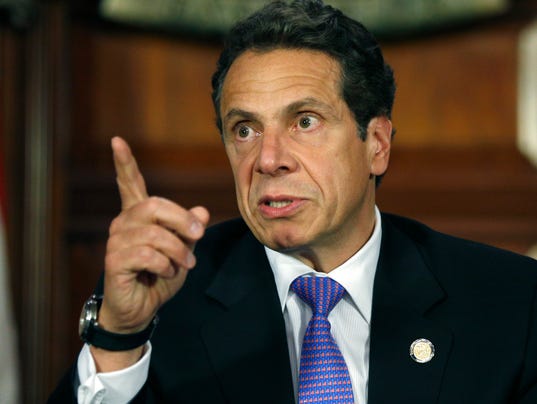from 1998
By Oriana Zill and Lowell Bergman
The single largest marketplace for illegal drugs continues to be the United States. Although the market has decreased dramatically since its heyday in the mid-80's, close to thirteen million Americans still think nothing about occasionally buying a gram of cocaine, a few hits of ecstasy or a quarter ounce of weed to party with their friends on the weekends. A hard core group (see the chart) estimated at between 5 and 6 million have more serious drug habits, and may spend $100-$500 dollars a week on purchasing their drugs. These two groups - hard core users and casual users - spend approximately $60 billion dollars a year, according to U.S. government estimates. Imagine a typical weekend in New York City. Experts estimate that at least one percent of the population - 80,000 plus - spends $200 on illicit drugs. That alone would amount to $16 million dollars a week or $832 million a year. And that's just New York. All those drug sales mean that large amounts of cash accumulate in stash houses and collection points around the country. For the multi-billion dollar narcotics business - like any commodities business -- it is essential that the suppliers and transporters be paid. That means the money must make its way south, and the traffickers, aided by specialists in money laundering, have devised myriad methods to insure the efficient and safe delivery of their profits.  Estimates on how much money is sent south each year range from $10 to 30 billion. For Mexican traffickers along the Southwest border, the money is literally driven across the border in bulk amounts and then deposited into Mexican banks. "Steve," who was involved with the Mexican cartels in money laundering, explains this process. Estimates on how much money is sent south each year range from $10 to 30 billion. For Mexican traffickers along the Southwest border, the money is literally driven across the border in bulk amounts and then deposited into Mexican banks. "Steve," who was involved with the Mexican cartels in money laundering, explains this process.For Colombians, the process is more complicated because dollars are not negotiable in the Colombian economy due to currency controls. That, combined with the fact that Colombia can only be reached by sea or air, has led to all kinds of ingenious methods for repatriating their proceeds. When the drug money ultimately makes its way into the foreign economy, it is used to pay the salaries of shippers and processors, as well as the bribes that supplement the incomes of government officials on both sides of the border. Whole regions of Mexico, Colombia and points in between have become dependent on the demand for drugs in the United States. Large scale drug organizations such as the once powerful Cali cartel in Colombia or the Mexican Arellano Felix brothers are said to resemble corporate organizations with division of labor and huge cash reserves designed to keep their operations moving smoothly. What keeps the drug industry going is its huge profit margins. Producing drugs is a very cheap process. Like any commodities business the closer you are to the source the cheaper the product. Processed cocaine is available in Colombia for $1500 dollars per kilo and sold on the streets of America for as much as $66,000 a kilo (retail).Heroin costs $2,600/kilo in Pakistan, but can be sold on the streets of America for $130,000/kilo (retail). And synthetics like methamphetamine are often even cheaper to manufacture costing approximately $300 to $500 per kilo to produce in clandestine labs in the US and abroad and sold on US streets for up to $60,000/kilo (retail). The C.I.A and other U.S.intelligence sources believe that synthetics like amphetamines and designer drugs like Ecstasy will garner a larger and larger share of the market in years to come. No agriculture based commodities industry in the world operates on the same price differentials as cocaine and heroin, while requiring relatively little in the way of expertise. "The average drug trafficking organization, meaning from Medellin to the streets of New York, could afford to lose 90% of its profit and still be profitable," says Robert Stutman, a former DEA Agent. "Now think of the analogy. GM builds a million Chevrolets a year. Doesn't sell 900,000 of them and still comes out profitable. That is a hell of a business, man. That is the dope business." Losses in the narcotics business through seizures or theft are rarely catastrophic. The United Nations estimates that current drug interdiction efforts intercept approximately 13% of heroin shipments and 28 to 40% of cocaine shipments. It was because of the failure to stem the flow of product that US officials started turning to tracking and seizing the money the resulted from drug sales. In the last decade federal and state law enforcement have seized over $8 billion in drug cash and assets. "If a load of coke gets seized, they kick out more coke at fifteen hundred dollars a kilo--cost," says former IRS investigator Michael McDonald. "If you seize money, it's dollar for dollar. They're in business to make the money." Like any cash rich business, drug trafficking organizations invest in the legitimate economy of their own country and use investment advisors in financial instruments available in the international marketplace. "[For] the bad guy, from the very beginning, there is an attempt of integration [of illegitimate and legitimate money]." says DEA money-laundering expert Greg Passic. "You don't have the Swiss bank account with a $110-200 million bucks sitting in it. What you have is five, ten, 15 million dollars moving around, acquiring assets or companies. So when you do go in and try to dissect and pull the drug money out of it, it's hard because there's a lot of legitimate money in there." During the 1980's, while other Latin American nations faced major recessions, the influx of billions of dollars in drug proceeds helped keep Colombia out of trouble. It is difficult to say how much money came into the country. At least 6% of the economy is thought to be directly involved in narcotics business, with a minimum of $5 billion in profits per year. "From a pure economic sense, it's good for any country," says Passic. "But after a while, what you create are systems that are outside of the formal channels. You can't be taxed. You destroy jobs. I think there was the realization that U.S. drug money actually was hurting Colombia's economy. It was funding the extremist groups, the purchase of weapons and the other bad things that go along with it." In Mexico, it is harder to determine the exact percentage of drug money flowing into the economy. Some regions like the rural areas around the city of Culiacan in Sinaloa state have been primarily dependent on poppy and marijuana production for decades. And resort areas have seen a sudden explosion in construction and real estate prices when the drug economy is booming. "I think it's very difficult to know because of that gray area of drug, non-drug activities. It's not that clear-cut in many cases," says Mexican scholar Jorge Castañeda. "There are regions of the country where the drug economy really is central to the local economy. There are regions of the country or times at which the drug economy is enormously important. To come up with an overall estimate is very difficult because by definition this is all untraceable." Castañeda also says that there was widespread corruption in Mexico's dominant political party in the 20th century, the PRI. Because of this, Mexican drug money often became intermingled with other types of corruption money from privatization and bribes, making it difficult to sort our which was which. While the drug money may provide much needed influxes of capital to these economies, experts now agree that over time the money can devastate legitimate business and long term development. "A normal businessman, he needs money, he needs capital and he's going to borrow that," says former State Department official Jonathan Winer, "He's going to pay 6%, 8%, 10% [interest] on that money. He's going to earn a profit on it to pay that back. But the drug trafficker is happy to pay 6% or 8% or 10% loss, reverse interest, to have that money laundered. So they have a competitive advantage over everybody. So they go into a business--they can take that business over. And no one can compete." While the US drug user may not intend to invest in this international drug economy, every dollar spent purchasing those weekend escapes is ultimately fueling a mammoth and destructive system that depends on our drug dollars to survive. "That population of hard core users generates the funds," says former IRS agent Mike McDonald. "They generate the dollars that go back to Mexico and go back to Colombia. They generate those dollars that in Colombia and in Mexico are turned into power, turned into extortion, turned into homicides, turned into corrupting foreign governments, arms dealing, and expanding criminal enterprises around the world." 
Amounts are in constant 1998 dollars. | |||||||||||||||||||||||||||||||||||||||||||||||||||||||||||||||||||||||||||




